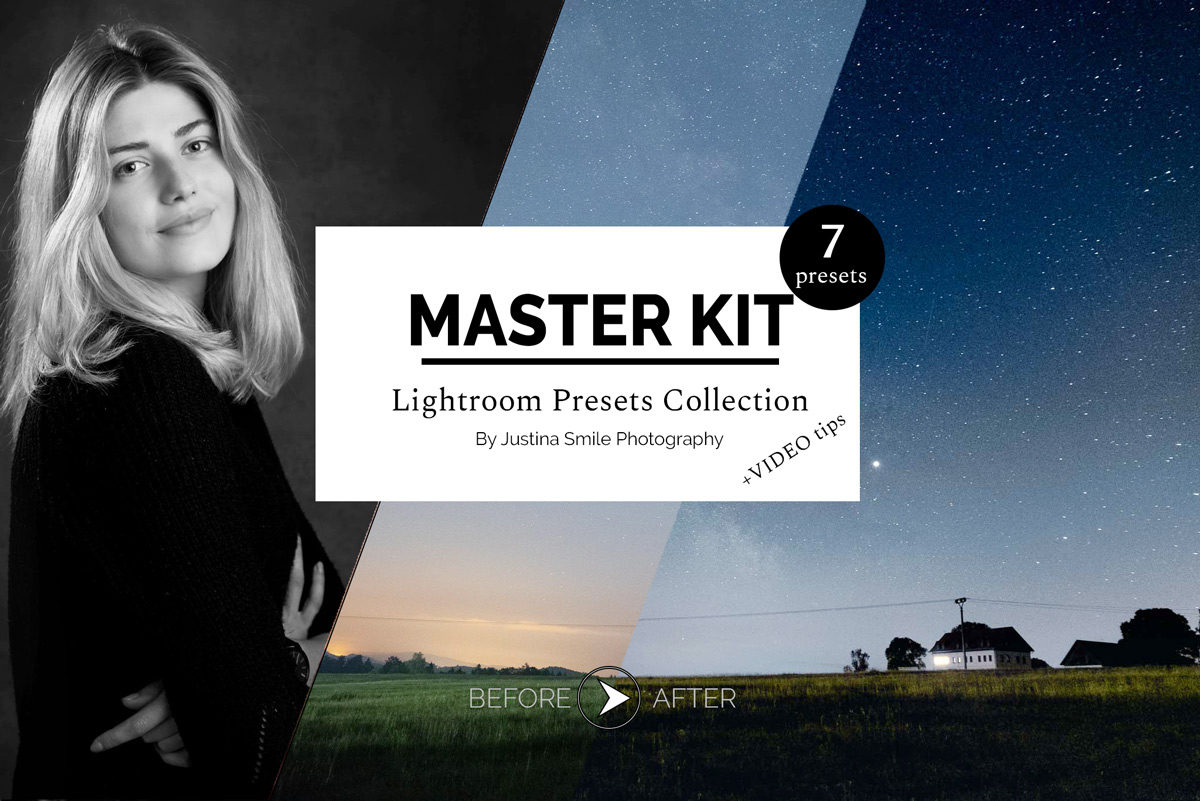

This almost never happens with nature, but it can be common with portrait photography. So… What is moire? Moire is a crazy swirly pattern that mostly shows up in fabric where the pattern exceeds the sensor resolution. You can also reduce annoying patterns like moire. There is an option to reduce the noise from your entire photograph, but creating a sharpening brush helps you reduce the noise in certain spots without compromising fine details.
#CAN YOU MAKE YOUR OWN PRESETS ON LIGHTROOM ISO#
Over-sharpened images can look too textured while images shot at a high ISO and then also sharpened can be too noisy. The downsides to sharpening your image post-processing are over-sharpening and adding too much noise. Sure, everyone prefers a sharper image versus a blurry one, but be careful with the sharpness tool because it will give your piece harder edges. This is great for photos with a busy background or when you want to put the focus on one particular color in a piece. Decreasing saturation using a brush lets you work on just one area at a time, to emphasize or deemphasize the colors in a particular area. When you take the slider to the left, you will end up with a photograph that has little color contrast. When you drag the slider to the right, you accentuate all of the colors. Saturation allows you to adjust the vibrancy of the colors in the photo. The dehaze feature can increase and decrease the amount of haze in your photograph so you can see a subject’s face better, for example. This can be a beautiful effect, but you can have too much haze. Haze happens when you take a backlit photograph, or one where the sun is directly behind your subject.

Clarity looks for the differences in tones and enhances it. Clarity does not add overall contrast clarity adds edge contrast. Most people mistakenly think clarity adds contrast and only affects midtones however, they’re missing the real value in clarity. When you know your piece is missing contrast or emphasis, a tip is to go ahead and either highlight the focus or highlight the background and then start changing the effects. The whites and blacks control the quality lights and darks in your piece over all, instead of how the highlights and shadows just focus on the “lightest lights” and the “darkest darks.” When working with these kinds of options, you definitely want the precision a brush can bring. The contrast, highlights, and shadows can add emphasis or take it away. The exposure can quickly fix an underexposed or overexposed section of a piece, and you get more control with a preset brush. Let’s look at a couple more custom brush options, only this time we’re going to look at the options which mostly affect the texture of the piece. With custom brushes, you can fix things like highlights, exposure, or clarity with ease and precision. However, when you’re working with landscapes, you don’t always know what you want the end product to be. When you’re working on custom brushes, sometimes you know exactly what you want to change–say if you’re working on a portrait, you know you want to smooth out the skin, fix red eyes, and soften the overall feel.


 0 kommentar(er)
0 kommentar(er)
